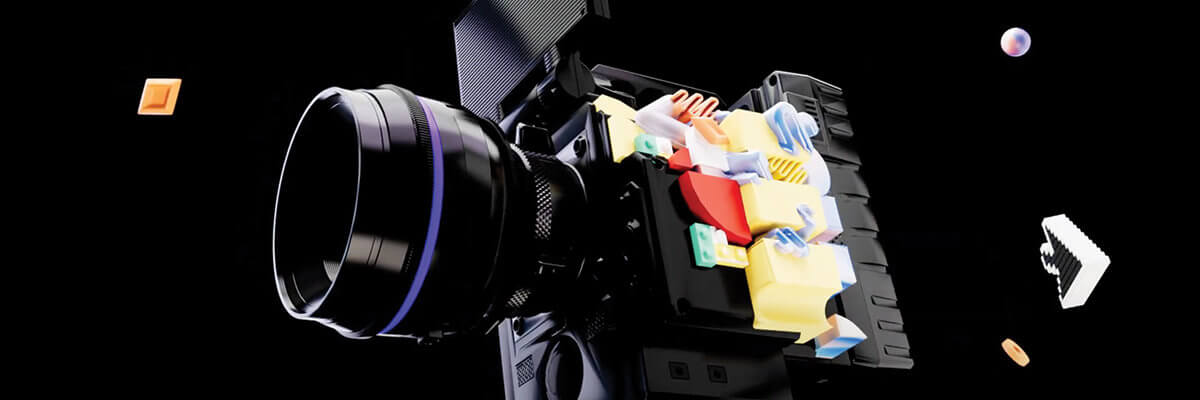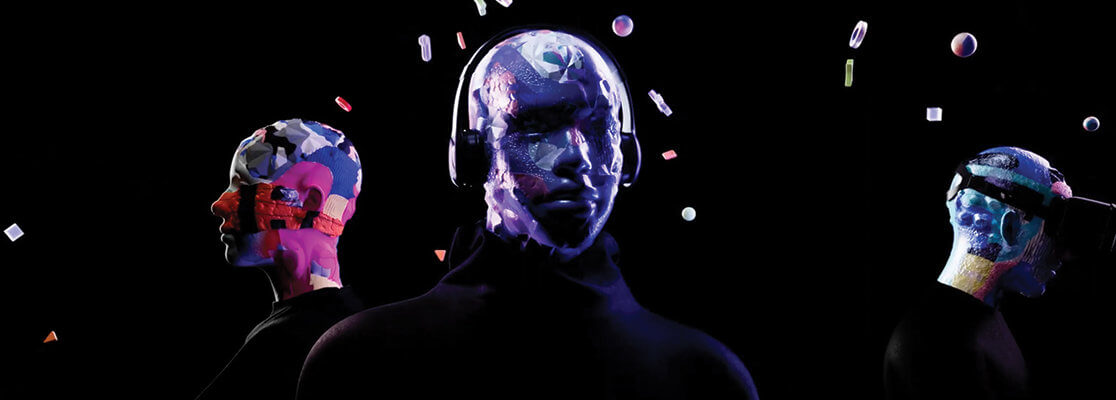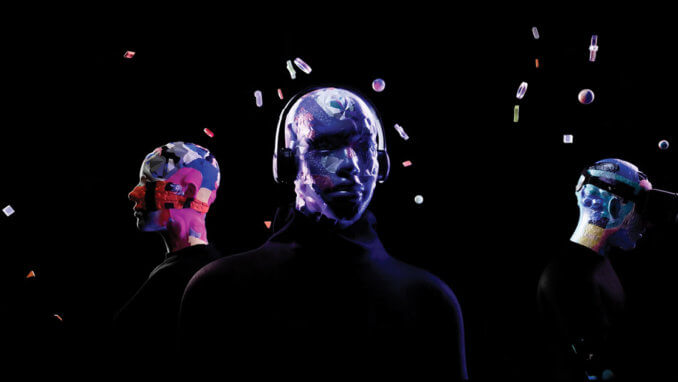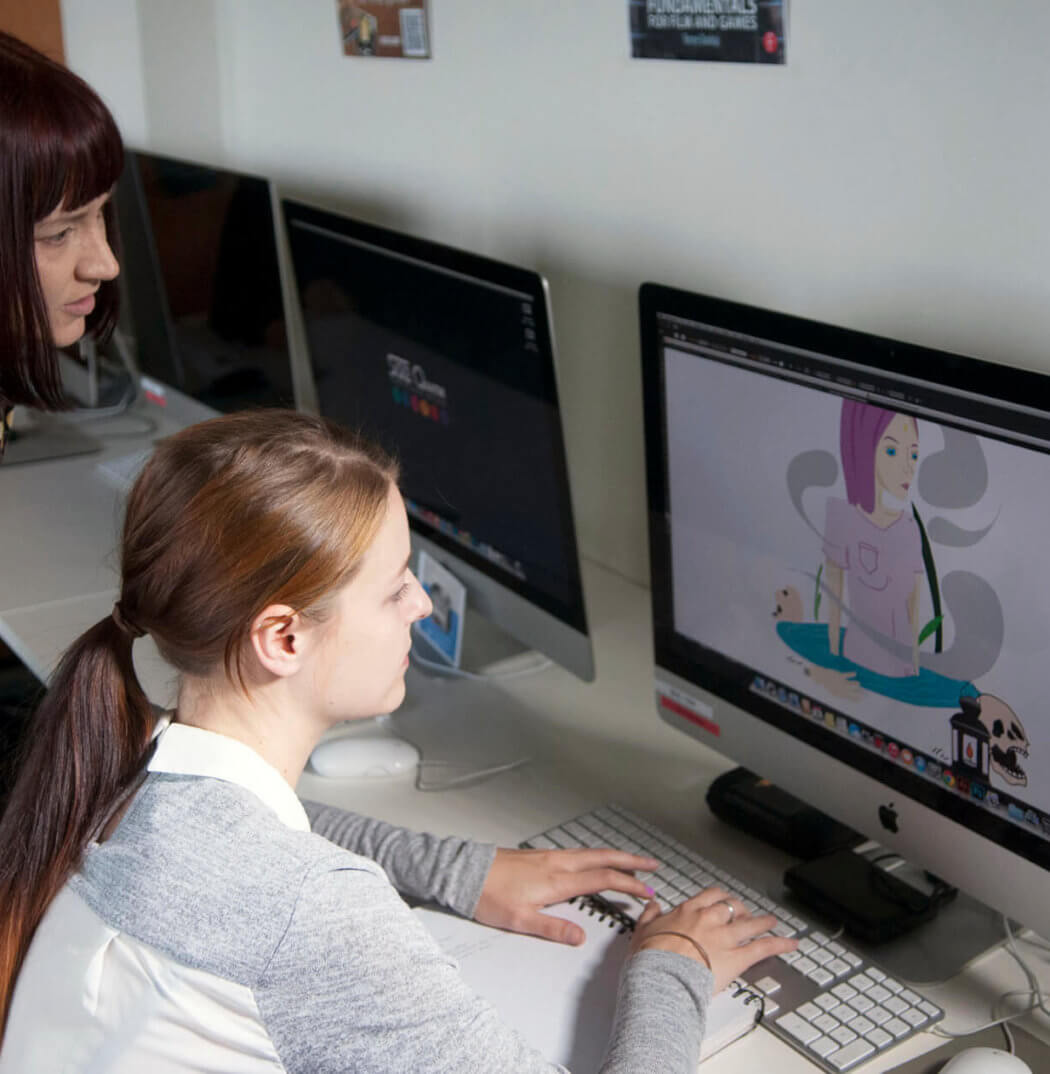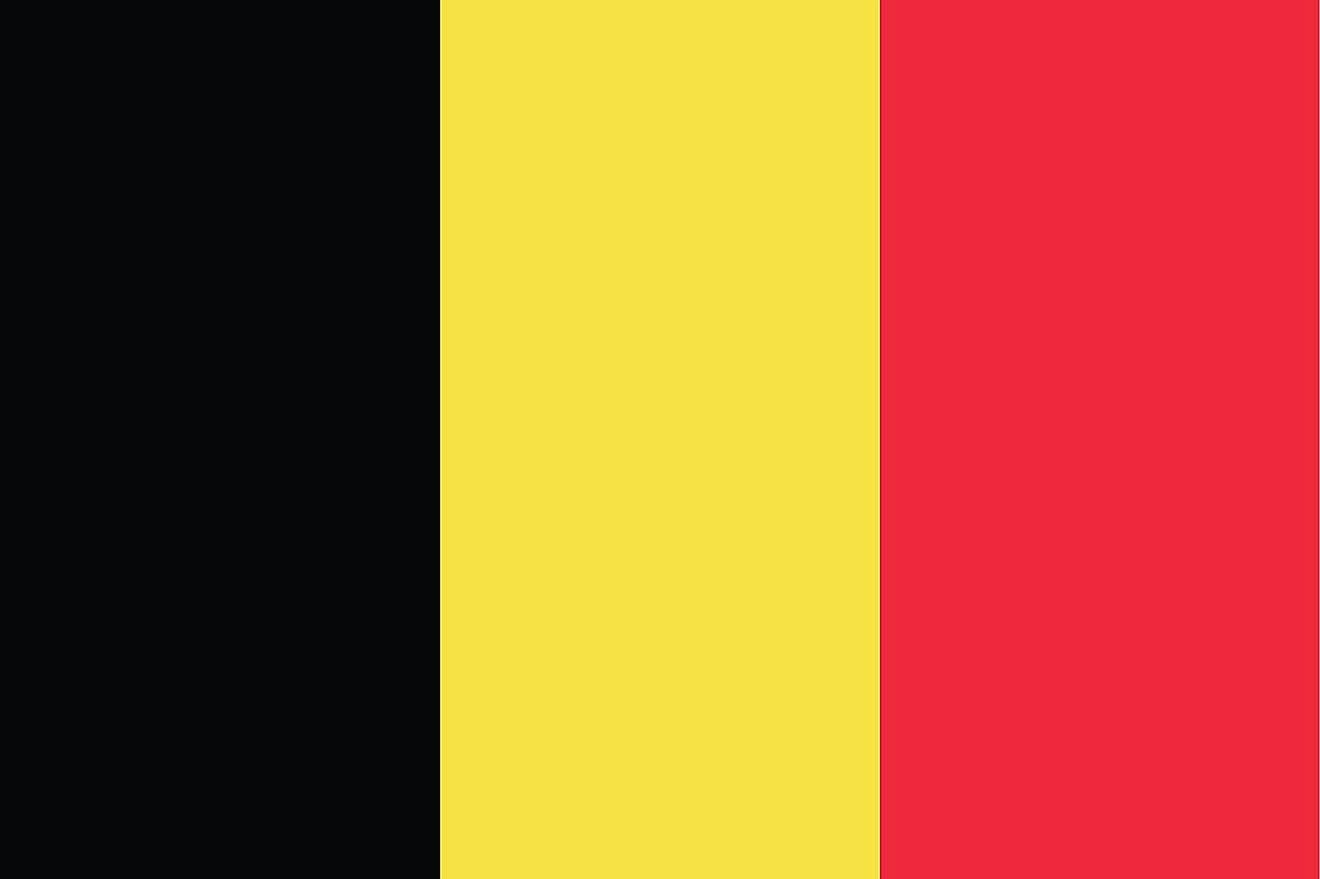Bachelor of Design & Visual Communication
THE PATH TO YOUR DREAM DESIGN JOB IS LAID OUT RIGHT HERE
Available at
Dubai
Fees
Bachelor of Design & Visual Communication
Domestic Fees
-
Plan A – Yearly Payment – AED 60,300
-
Plan B – Trimester Payment – AED 21,930
-
Plan C – Monthly Payment – AED 7,790 (9 Payments Per Year)
-
Plan C+ – Monthly Payment – AED 6,022.50 (12 Payments Per Year)
*All fees mentioned above are exclusive of 5% VAT
*Terms and Conditions Apply
Bachelor of Design & Visual Communication
International Fees
- Plan A – Yearly Payment – AED 57,960
- Plan B – Trimester Payment – AED 21,090 (3 Payments Per Year)
- Plan C – Monthly Payment – AED 7,490 (9 Payments per Year)
Duration(s)
8 Trimesters Full Time
Complete the program across 3 years (8 trimesters)
Bachelor of Design & Visual Communication
Course Durations
8 Trimesters Full Time
Complete the program across 3 years (8 trimesters)
We understand that things can change, so you'll have the flexibility to change your study load throughout your course if you need to.
Start Date(s)
Dubai
Bachelor of Design & Visual Communication
Start Dates
Dubai
Entry Requirements
Bachelor of Design & Visual Communication
Domestic Entry Requirements
Domestic Entry Requirements
Minimum age requirements
Academic requirements
English language requirements
International English Language Testing System (IELTS): A band score of 6 or higher for a Higher Education (HE) course and 5.5 or higher for a VET course (only the Academic Test is accepted), OR
Test of English as a Foreign Language (TOEFL): A score of 550 or higher (paper based test), 60 or higher (internet based test) for a Higher Education (HE) course and a minimum score of 527 (paper based test) or 46 (internet based test) for a VET course, OR
Bachelor of Design & Visual Communication
International Entry Requirements
International Entry Requirements
Minimum age requirements
Academic requirements
English language requirements
International English Language Testing System (IELTS): A band score of 6 or higher for a Higher Education (HE) course and 5.5 or higher for a VET course (only the Academic Test is accepted), OR
Test of English as a Foreign Language (TOEFL): A score of 550 or higher (paper based test), 60 or higher (internet based test) for a Higher Education (HE) course and a minimum score of 527 (paper based test) or 46 (internet based test) for a VET course, OR

Develop advanced skills in industry-standard software packages
Photoshop, Illustrator, InDesign, Adobe XD and After Effects.
Practical, immersive training
All work is project-based, with no exams.
Cross discipline collaboration
Use your design skills to work across film, audio, music, gaming and animation projects at SAE.
Expand your career
Graduate with a portfolio, work experience, employability and entrepreneurial skills and a network of fellow creatives.
You'll learn the latest industry-standard software


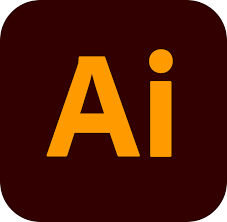

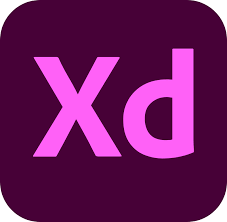
Design & Visual Communication Skills
Branding and identity design
Online and print design
Digital image-making
User-centred design
We consult closely with industry professionals so you can expect a course that’s highly relevant and equips you with sought-after skills.













BACHELOR OF DESIGN CAREER OUTCOMES
What jobs will this course lead me into?
- Graphic designer
- Content manager
- Print and digital designer
- Social media designer
- UX designer
- UI designer
- Creative director
- Branding and identity designer
- Art director





